Trump Hosts Crypto Titans at White House Summit: Strategic Bitcoin Reserve Takes Center Stage
In a historic first for the cryptocurrency industry, former U.S. President Donald Trump convened a high-profile summit at the White House, bringing together some of the biggest names in digital finance. The event, which took place in the State Dining Room, marked a pivotal moment in the government’s approach to cryptocurrency, with discussions centered on the establishment of a strategic bitcoin reserve.
A Gathering of Crypto Elite
Trump, known for his unpredictable yet influential stance on digital assets, extended invitations to a diverse group of industry leaders. Among the notable attendees were Michael Saylor, CEO of MicroStrategy; Brian Armstrong, co-founder and CEO of Coinbase; Cameron and Tyler Winklevoss, the twin entrepreneurs behind Gemini; and David Bailey, a key figure in the blockchain space. Also present was Zach Witkoff, one of the co-founders of Trump’s own crypto enterprise, World Liberty Financial.
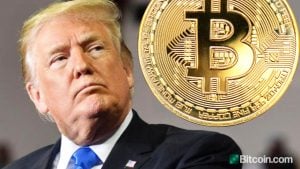
The meeting, which was also attended by top lawmakers and administration officials, showcased the increasing influence of cryptocurrency in the financial and political landscape. This shift comes as governments worldwide are grappling with regulatory policies for digital assets while simultaneously exploring their potential benefits.
Strategic Bitcoin Reserve: A New Financial Era
At the heart of the summit was Trump’s vision for a government-backed strategic bitcoin reserve. The former president had issued an executive order just a day prior, formally setting the groundwork for the creation of this reserve. According to the order, the U.S. government will amass bitcoin holdings, primarily sourced from assets forfeited through criminal and civil proceedings.
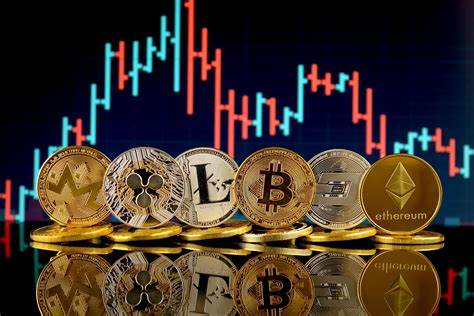
Trump emphasized his commitment to ensuring that the reserve does not impose financial burdens on American taxpayers. “We don’t want any cost to the taxpayers,” he declared during the meeting. Instead, his administration is focused on utilizing already-acquired digital assets to establish and expand the reserve. The directive instructs the Treasury and Commerce departments to formulate “budget-neutral strategies” for acquiring additional bitcoin, ensuring that no extra public funds are used.
Market Reactions and Industry Response
While many in the crypto space welcomed the government’s embrace of bitcoin, not everyone was thrilled with the specifics of the plan. Some market participants had hoped for direct purchases of new tokens, which could have driven up bitcoin prices significantly. Instead, the executive order’s approach led to a temporary dip in bitcoin’s value, with prices sliding 3.4% to $86,394 following the announcement.
JP Richardson, CEO and co-founder of Exodus, a leading bitcoin wallet provider, voiced his concerns over the inclusion of additional cryptocurrencies in the reserve. Trump had hinted that four other coins might be added alongside bitcoin, but Richardson argued that these alternatives were still in their early stages and carried additional risks. “Crypto has made big strides, but it’s still a relatively nascent industry,” he said, noting that non-bitcoin assets function in fundamentally different ways that could introduce vulnerabilities.
Despite these concerns, many attendees expressed optimism about the future of crypto regulation under Trump’s leadership. Les Borsai, co-founder of Wave Digital Assets, emphasized the importance of collaboration between industry leaders and policymakers. “For the first time, industry leaders feel they’re walking into a collaborative discussion,” he noted, acknowledging that previous administrations had taken a more adversarial approach to the sector.
A Shift in Government Perspective
The summit marked a significant departure from the U.S. government’s historically cautious stance on cryptocurrency. Over the years, regulatory scrutiny had intensified, with agencies like the Securities and Exchange Commission (SEC) cracking down on digital asset projects. However, Trump’s approach suggests a potential shift toward recognizing crypto as a legitimate asset class with mainstream applications.
Treasury Secretary Scott Bessent underscored this new perspective, stating that the U.S. aims to maintain the dollar as the world’s reserve currency while leveraging stablecoins to facilitate global transactions. Stablecoins, which are pegged to traditional currencies like the U.S. dollar, have become an increasingly popular tool for bridging the gap between fiat and digital finance.
Meanwhile, Ripple CEO Brad Garlinghouse, who was also in attendance, applauded the administration’s acknowledgment that the crypto ecosystem extends beyond bitcoin. He highlighted the role of alternative digital assets, such as XRP, in shaping the financial landscape. Notably, XRP is among the cryptocurrencies that Trump suggested could be included in the strategic reserve.
Regulatory Clarity on the Horizon?
One of the biggest takeaways from the summit was the industry’s call for clearer regulatory guidelines. For years, crypto companies have navigated a complex and often inconsistent legal landscape. Yesha Yadav, associate dean and law professor at Vanderbilt University, emphasized that regulatory transparency would be crucial in accelerating the approval of new crypto-based financial products, including exchange-traded funds (ETFs).
“What everyone really needs at this point is clarity on the level of scrutiny and intensity of regulation, as well as which agencies will take the lead,” Yadav stated. A more predictable regulatory environment could encourage greater institutional adoption and investment in crypto, solidifying its role in the global economy.
Trump’s Personal Crypto Involvement Sparks Debate
Trump’s increasing engagement with cryptocurrency has not come without controversy. His family has been involved in launching crypto meme coins, and he holds a financial stake in World Liberty Financial. This has raised concerns about potential conflicts of interest, with some questioning whether policy decisions are being influenced by personal business interests.
However, Trump’s aides have been quick to dismiss these concerns, asserting that he has relinquished control of his business ventures, which are now under the review of external ethics lawyers. The White House has yet to issue an official comment regarding these concerns.
The Road Ahead for U.S. Crypto Policy
As the summit concluded, the overarching sentiment was one of cautious optimism. While the establishment of a strategic bitcoin reserve represents a groundbreaking development, many questions remain about its long-term implications. How will the government manage these holdings? What role will regulatory agencies play in shaping crypto policies moving forward? And perhaps most importantly, how will this affect the broader financial system?
Trump’s parting words at the summit encapsulated his bullish stance on cryptocurrency: “We feel like pioneers in a way. From this day on, America will follow the rule that every bitcoiner knows very well—never sell your bitcoin. That’s a little phrase they have. Who the hell knows if it’s right or not? But so far, it’s been right, so let’s keep it that way.”
With the U.S. government now stepping into the world of digital assets in a more pronounced manner, the global crypto industry will be watching closely. Whether this marks the beginning of a new era in digital finance or simply a political maneuver remains to be seen. However, one thing is clear—crypto is no longer on the sidelines; it is now a central player in economic and policy discussions at the highest levels.

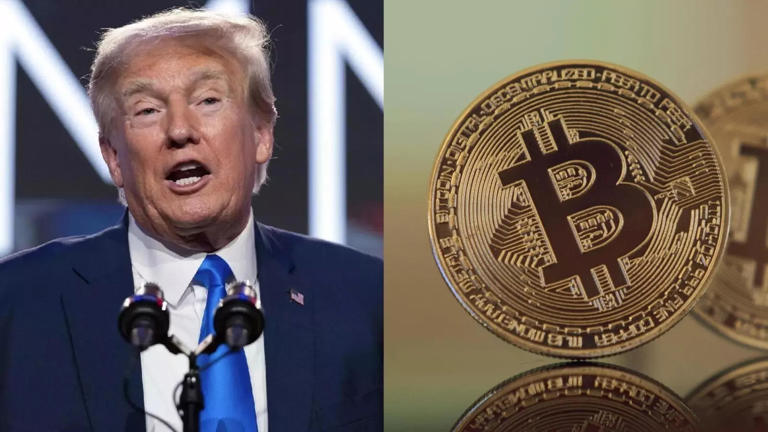

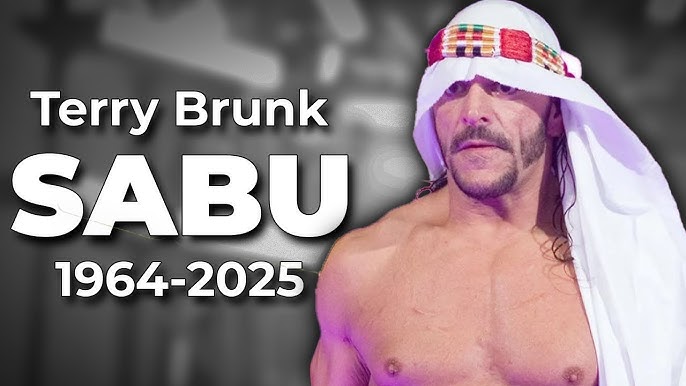
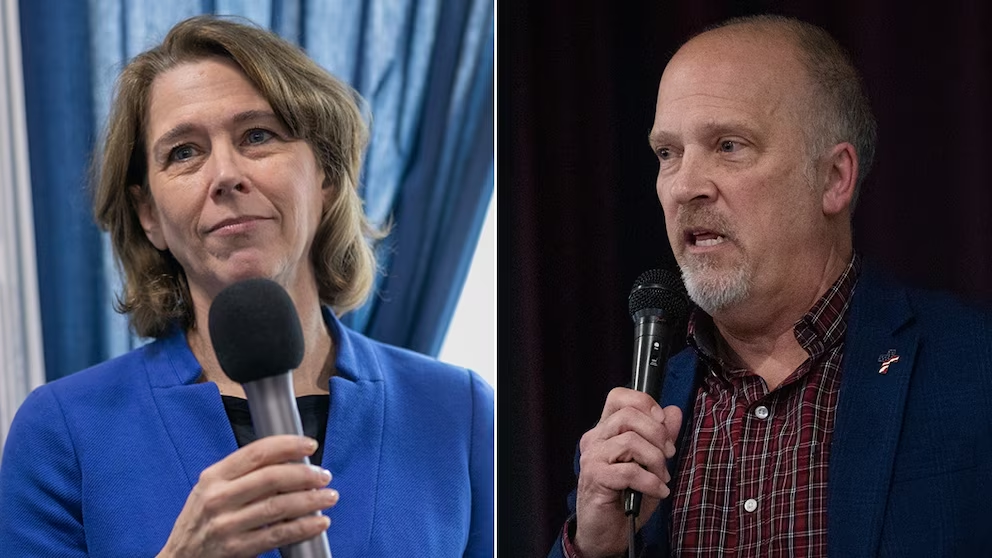

Leave a Reply